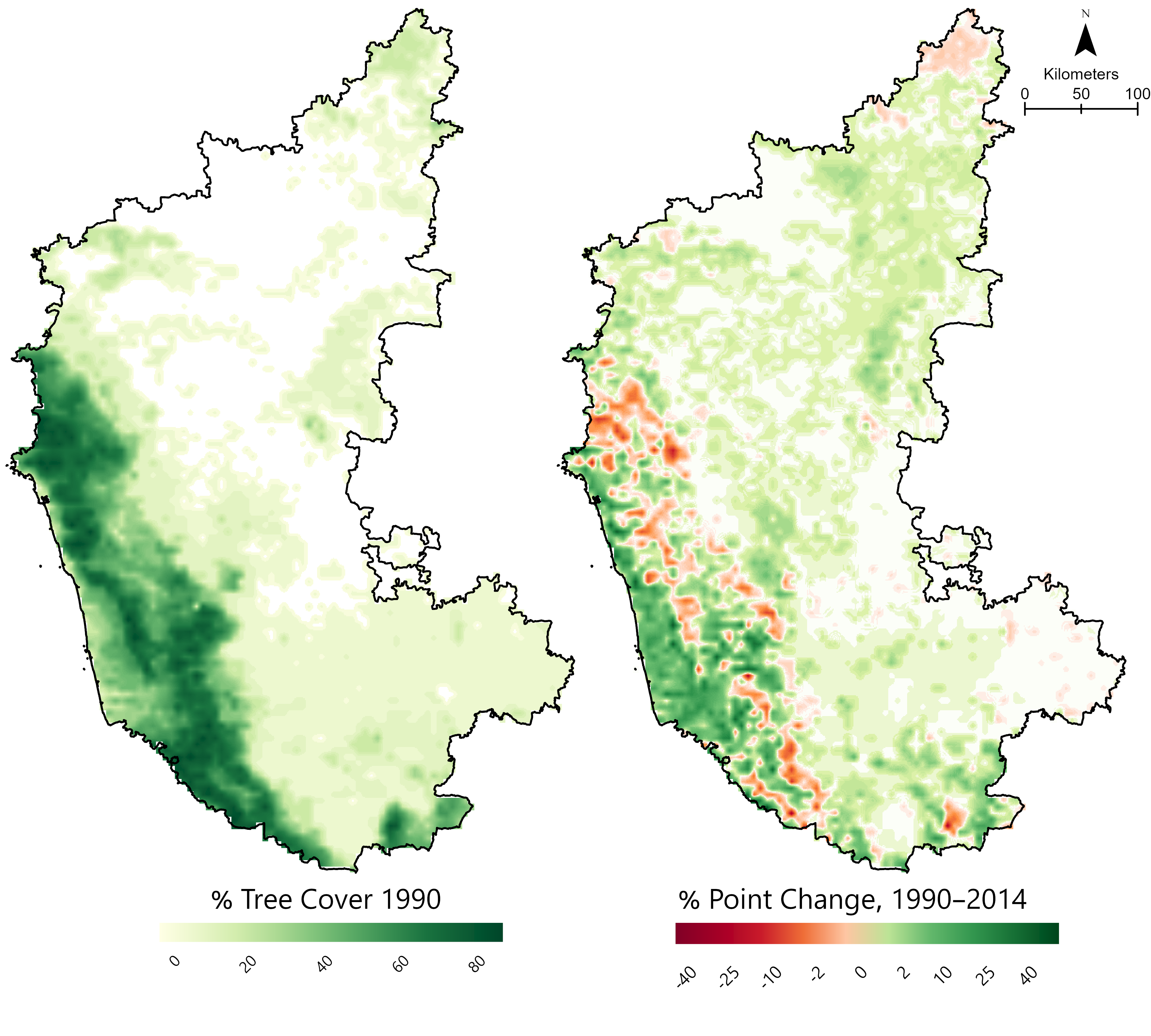Political Representation, Forest Cover, and Development in Rural India
This paper investigates how political representation for historically marginalized communities—specifically Scheduled Castes (SCs) and Scheduled Tribes (STs)—shapes local economic activity and environmental stewardship in rural India.
Latest Draft
Background
The 1992 constitutional amendment introduced electoral quotas for oppressed castes in village councils (Gram Panchayats), creating a natural experiment in decentralized governance. These reforms aimed to correct historical injustices, but their long-term impact on environmental and economic outcomes remains underexplored.
India’s deep social inequalities, environmental diversity, and sweeping political reforms make it a powerful setting to study how representation shapes sustainability. Understanding how these reforms have shaped local governance is especially urgent amid worsening climate change and rising backlash against affirmative action.
Methodology
I employ quantitative econometric analysis, leveraging the quasi-random rotation of chairperson reservations for SCs and STs across 5,000 village councils in Karnataka over five election cycles (1994–2010). The dataset integrates electoral records, satellite-based forest cover (NASA Vegetation Continuous Fields), nightlights data as a proxy for economic activity, and socio-economic indicators from national censuses.
Key Findings
Compared to unreserved years, SC-ST-led councils experience:
- An increase in nighttime lights, indicating higher local economic activity
- A reduction in forest cover.
- Both show larger effects under ST leadership
This trade-off likely reflects the material dependence of marginalized communities—especially STs—on local natural resources for economic advancement. It challenges conventional narratives that indigenous communities inherently conserve the environment and prompts more nuanced questions about how to align poverty alleviation with sustainability.
Inspiration
One inspiration for this work is the Chipko movement of the 1970s, led by Adivasi women in the Himalayan foothills. Their resistance to commercial logging and deforestation exemplifies the complex relationship between marginalized communities and forest conservation.
Visuals
